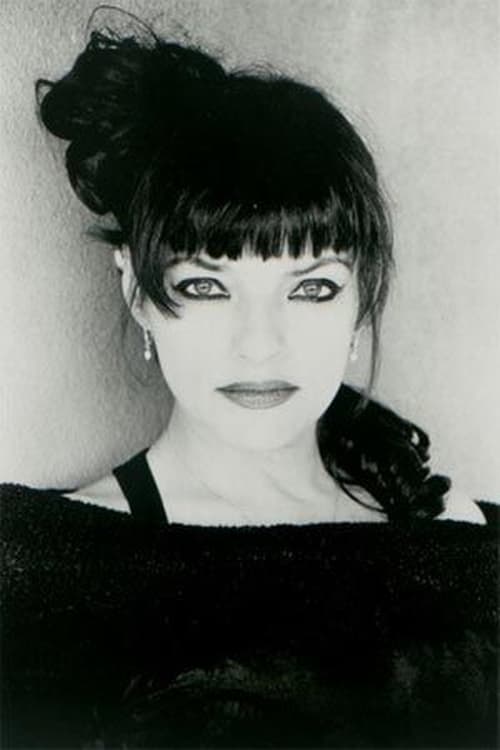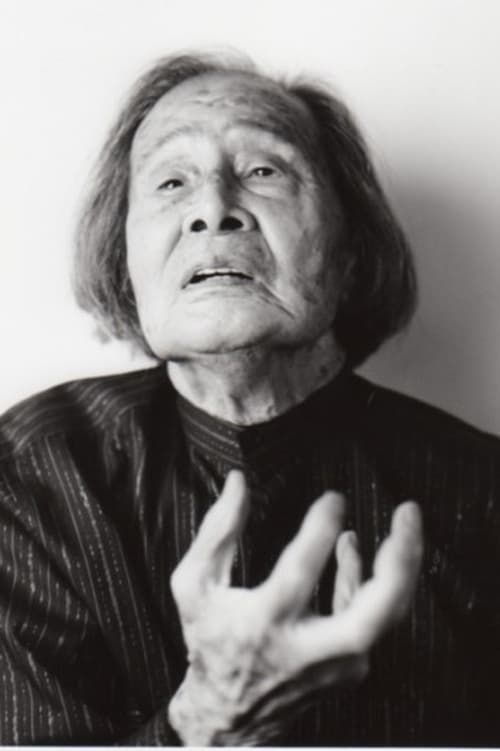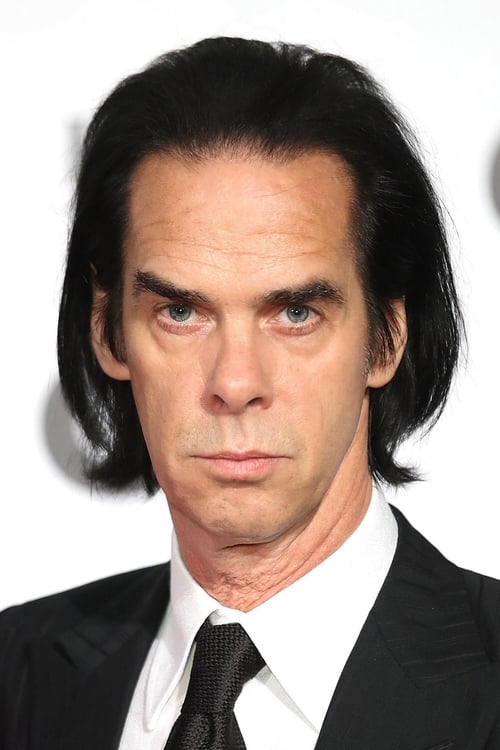Just Visiting This Planet (1991)
Género : Documental, Música
Tiempo de ejecución : 1H 40M
Director : Peter Sempel
Sinopsis
Peter Sempel's masterful poetic film tribute to butoh performer Kazuo Ohno.

Hirosuke, encerrado en un manicomio, no recuerda más que algunos retazos de su niñez, y tampoco recuerda las circunstancias por las que él, estudiante de medicina, se ha visto recluido en dicho centro. Después de que otro interno intente estrangularle, consigue escapar y, gracias a una chica que trabaja en un circo, deducir que su pueblo natal está en algún lugar de la costa del Mar del Japón. Sin embargo, la chica es asesinada y Hirosuke tomado por el asesino, por lo que debe huir nuevamente.
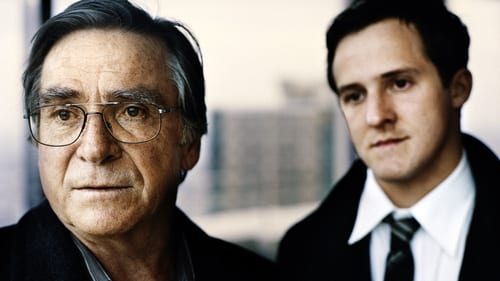
Trudi es la única que sabe que su marido Rudi está gravemente enfermo de cáncer. Siguiendo el consejo de su médico, deciden hacer un último viaje juntos. Trudi convence a su marido y van a visitar a sus hijos y nietos en Berlín. Sin embargo, éstos están demasiados inmersos en sus propias vidas para ocuparse de ellos. Tras ir al teatro a ver un espectáculo de danza Butoh, Trudi y Rudi deciden marcharse y pasar unos días en un hotel en la costa del mar Báltico.
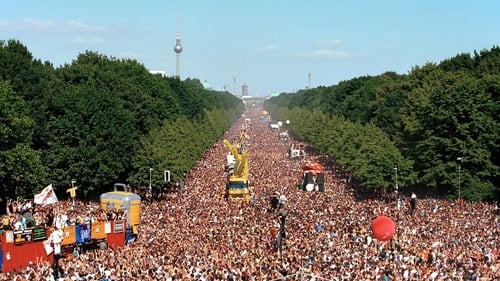
At the end of the Cold War, something new arised that should influence an entire generation and express their attitude to life. It started with an idea in the underground subculture of Berlin shortly before the fall of the Wall. With the motto "Peace, Joy, Pancakes", Club DJ Dr. Motte and companions launched the first Love Parade. A procession registered as political demonstration with only 150 colorfully dressed people dancing to house and techno. What started out small developed over the years into the largest party on the planet with visitors from all over the world. In 1999, 1.5 million people took part. With the help of interviews with important organizers and contemporary witnesses, the documentary reflects the history of the Love Parade, but also illuminates the dark side of how commerce and money business increasingly destroyed the real spirit, long before the emigration to other cities and the Love Parade disaster of Duisburg in 2010, which caused an era to end in deep grief.

A selection of seemingly unconnected scenes featuring Nick Cave, Blixa Bargeld, Nina Hagen and Lene Lovich. Losely based on Voltaire's satire "Candide".

PBS produced documentary in two parts: the first is dedicated to saxophonist and composer John Zorn; the second is about Sonic Youth at the height of their powers in 1988.

A documentary about the underground singer-songwriter Tobias Gruben, his upbringing and his musical career, featuring past live perfomances by himself and cover versions of his songs by contemporary artists.

Compilation tape with music by various underground musicians, interspersed with random video footage.

"Butoh: Body on the Edge of Crisis" is a visually striking film portrait shot on location in Japan with the participation of the major Butoh choreographers and their companies. Although Butoh is often viewed as Japan's equivalent of modern dance, in actuality it has little to do with the rational principles of modernism. Butoh is a theater of improvisation which places the personal experiences of the dancer on center-stage. By reestablishing the ancient Japanese connection of dance, music, and masks, and by recalling the Buddhist death dances of rural Japan, Butoh incorporates much traditional theater. At the same time, it is a movement of resistance against the abandonment of traditional culture to a highly organized consumer-oriented society.

Short documentary on underground rap culture in New York City.
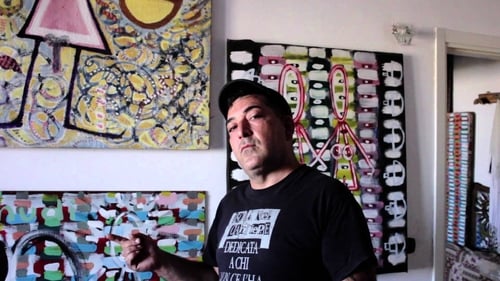
This documentary by Paolo Fazzini revolves around the birth of italian rap music movement in early 90's.
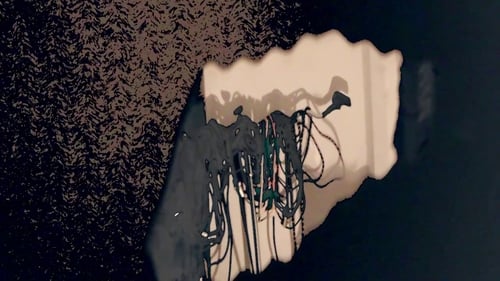
In Curitiba, the group that leads music label Meia-Vida is responsible for a secret portion of the city, hidden behind secluded apartments, dimly lit rooms and crooked, labyrinthine songs, responsible for one of the most fascinating musical movements in the country.

The dark sensibilities and cultural resonances of Butoh, the radical Japanese dance movement, are explored in this multilayered work. Profoundly rooted in both traditional and contemporary Japanese culture, Butoh arose in a spirit of revolt in the early 1960s. Characterized by frank sexuality and bodily distortions, Butoh transforms traditional dance movements into new forms, stripping away the taboos of contemporary Japanese culture to reveal a secret world of darkness and irrationality.

Short film in which butoh dancing is used to reflect on the nuclear bombings of Hiroshima and Nagasaki.

A document of Tatsumi Hijikata's Butoh dance with Kazuo Ohno as the guest dancer shot in Hijikata's early period when he was emerging as the originator of Butoh. All of the male dancers are dressed up with evening suits and move gracefully, yet an intruder breaks up the whole scene abruptly. The film is worth seeing, even if just to see a memorable gay duet of Hijikata and Ohno. Overexposed, washed out images are sandwiched among normal ones.

A documentary about legendary butoh dancer Kazuo Ohno.

Ankoku Butoh is a style of avant-garde dance that established itself in the counter culture experimental arts scene of post WWII Japan. The dance form is thought to have been founded by Tatsumi Hijikata, who both created and performed in butoh pieces from the late 1950’s - through the early 1970’s. In butoh, the style of movement is extremely stylized and deliberate, vacillating between slow and sharp, expressing feelings of dread, sexualization, violence, calmness, birth and “creatureness” among other things. This 1973 performance of Summer Storm at Kyoto University was Hijikata’s last public performance before his death in 1986.

Peter Sempel's masterful poetic film tribute to butoh performer Kazuo Ohno.

Anma (The Masseurs) is a representative and historical work by the creator of Butoh dance, Tatsumi Hijikata in his early period in the 1960s. The film is realized not only as a dance document but also as a Cine-Dance, a term made by Iimura, that is meant to be a choreography of film. The filmmaker "performed" with a camera on the stage in front of the audience. With the main performers: Tatsumi Hijikata and Kazuo Ohno, the film has the highlights such as Butohs of a soldier by Hijikata & a mad woman by Ohno. There is a story of the mad woman, first outcast and ignored, at the end joins to the community through her dance. Inserted descriptions of Anma (The Masseurs) are made for the film by the filmmaker, but were not in the original Butoh. The film, the only document taken of the performance, must be seen for the understanding of Hijikata Butoh and the foundation of Butoh.

